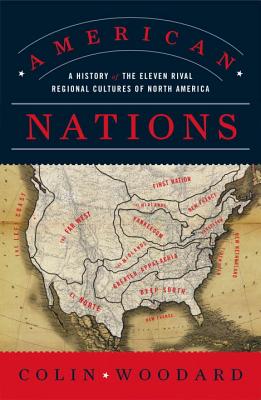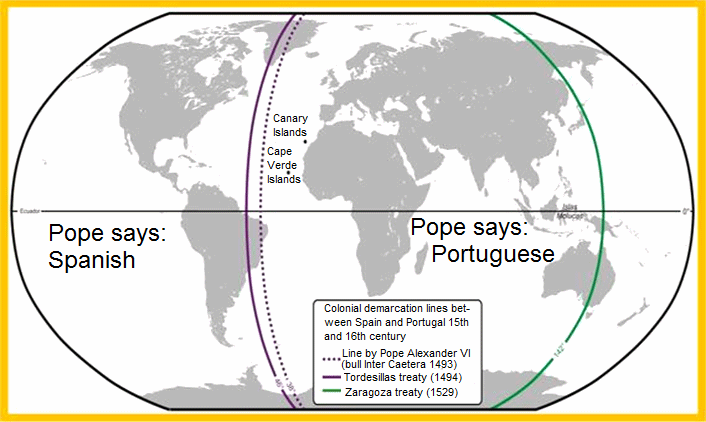

According to Woodard, El Norte forms a band of land that

Because of their isolation and the neglect of their government, the people of New Mexico developed self-sufficiency and adaptability. They were a people with ties to both their Hispanic and Indian roots, and were intolerant of tyranny and distrustful of outsiders. When the United States claimed New Mexico during the Mexican-American war, most New Mexicans considered the Americans just another government far away from them that might try to assert itself over them. They didn’t want America telling them what to do any more than they’d wanted Mexico to do so, or Spain before that. When the Civil War began, and New Mexico was asked to take sides between the Union or Confederacy, many chose not to choose. The May 11, 1861 of the Santa Fe Gazette put it this way:
The answer is a short one.
She desires to be let alone.
In her own good time she will say her say,
and choose for herself
the position she wishes to occupy
in the new disposition
of the new disrupted power
of the United States.”


A note about Bookshop.org.
Bookshop.org is an international online retailer that offers small independent booksellers the ability to host their own online retail space. Every sale on their website benefits independent booksellers. They also allow readers and reviewers to become affiliates, who earn a commission for every sale they direct to their website.
I sell my own books through Bookshop.org. I am also a Bookshop.org affiliate. If you purchase a book by clicking through a Bookshop.org link that I have provided, whether it is my book or authored by someone else, I will receive a commission, and Bookshop.org will donate a matching commission to independent booksellers.
I provide these links as a convenience to you. However, I applaud you if you choose to check out these books at your local library or buy them through your local, independent bookseller. It is far more important to me that you read than that I get a small commission.


